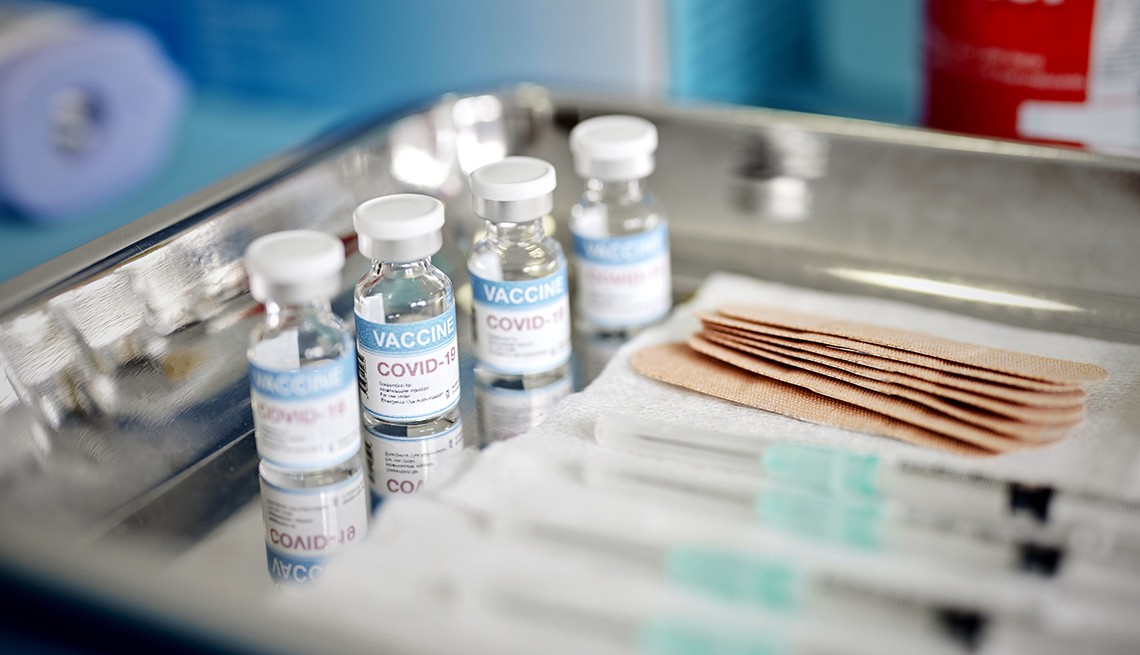- Select a language for the TTS:
- UK English Female
- UK English Male
- US English Female
- US English Male
- Australian Female
- Australian Male
- Language selected: (auto detect) - EN
Play all audios:
_OBJECTIVE:_ To examine the predictors of neurodevelopmental outcome (NDO) of ECMO and near-ECMO survivors at 2.5 to 6 years. _DESIGN:_ Prospective longitudinal follow-up of ECMO and
near-ECMO infants born between 1988 and 1992 who were evaluated at 9 to 12 months and at 2.5 to 6 years of age. _PATIENTS:_ Thirty three neonatal ECMO survivors and 16 near-ECMO infants
matched for birthweight, gestational age, birth head circumference, severity of cardiorespiratory compromise, duration of Ventilator and Oxygen therapy, and demographics were assessed at 9
to 12 months and at 2.5 to 6 years utilizing age appropriate standardized tests (CAT/CLAMS, Bayley Scales of Infant Development, Stanford-Binet-4th edition) and physical/neurological
examination. Head CT scans were obtained in 94% of ECMO and 57% of near-ECMO patients. _RESULTS:_ Neonatal risk variables (duration of metabolic alkalosis i.e. pH >7.45, hypocarbia i.e.
PaCO2<30, mean highest pH, lowest pCO2, age at ECMO and duration) were determined. CT scans were score blinded to patient status utilizing a modification of Taylor's system,
obtaining individual scores (ischemia, bleeding, and ventricular size) and total score. NDO status was determined by grading A to D based on cognitive developmental Quotient (CDQ) and number
of domains affected, including motor, cognitive, language and behavior: A) CDQ>85, no domains affected; B) CDQ>85 and/or one domain affected; C) CDQ 75-85 and/or two domains affected;
D) CDQ<75 and /or more than two domains affected. The significant neonatal risk variables for near-ECMO were duration of hypocarbia and metabolic alkalosis. The percentage of infants
with NDO grade C+D at 9 to 12 months and 2.5 to 6 years in the ECMO group was 34% and 36%, whereas for near-ECMO group it was 25% to 19% respectively. At 9 to 12 months and 2.5 to 6 years
examination, ECMO and near-ECMO had similar NDO status in the following areas: motor (45% vs. 38%), cognitive (18% vs. 13%), language and speech (39% vs. 38%), behavior (24% vs. 19%), vision
(6% in both), and hearing (9% vs. 6%). C+D and A+B group significantly differed in age at initiation of ECMO (95 vs. 45 hours) and head CT scans (abnormal 90% vs. 24%, severe ischemia 67%
vs. 20%) and had prolonged hypocarbia (23 hrs vs. 13) and metabolic alkalosis (51 hrs vs. 18). Of the CT scans obtained of the near-ECMO infants, 50% were abnormal. _CONCLUSION:_ NDO
suggests that delaying initiation of ECMO may increase the risk of adverse neurodevelopmental outcome. AUTHOR INFORMATION AUTHORS AND AFFILIATIONS * Pediatrics, Medical University of South
Carolina, Charleston, SC, USA Lakshmi D Katikaneni, Michelle Macias, Denise Mulvihill & Thomas C Hulsey Authors * Lakshmi D Katikaneni View author publications You can also search for
this author inPubMed Google Scholar * Michelle Macias View author publications You can also search for this author inPubMed Google Scholar * Denise Mulvihill View author publications You can
also search for this author inPubMed Google Scholar * Thomas C Hulsey View author publications You can also search for this author inPubMed Google Scholar RIGHTS AND PERMISSIONS Reprints
and permissions ABOUT THIS ARTICLE CITE THIS ARTICLE Katikaneni, L., Macias, M., Mulvihill, D. _et al._ Neurodevelopmental Predictors in Extra Corporeal Membrane Oxygenation (ECMO) and Near
ECMO Survivors at 2.5 to 6 years of Age 1685. _Pediatr Res_ 43 (Suppl 4), 287 (1998). https://doi.org/10.1203/00006450-199804001-01707 Download citation * Issue Date: 01 April 1998 * DOI:
https://doi.org/10.1203/00006450-199804001-01707 SHARE THIS ARTICLE Anyone you share the following link with will be able to read this content: Get shareable link Sorry, a shareable link is
not currently available for this article. Copy to clipboard Provided by the Springer Nature SharedIt content-sharing initiative






